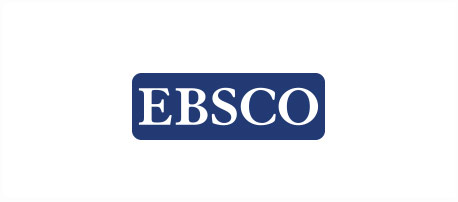Physicochemical and Molecular Characterization of Bacterial isolates in Earthen Fish Ponds
DOI:
https://doi.org/10.64290/bimagombe.v9i2A.1091Keywords:
Physicochemical parameters, Bacteria, Earthen pond and waterAbstract
This study assessed the physicochemical, heavy metals and bacterial content of some earthen fish ponds in Gombe State, to evaluate their suitability for aquaculture and potential health risks. Water samples were collected from six ponds across three locations and analyzed for key physicochemical parameters, including, turbidity, temperature, dissolved oxygen, pH, total dissolved solids and heavy metal concentrations. The results indicated that temperature (27.0–28.0°C), pH (6.23–7.55), and dissolved oxygen (3.85–8.13 mg/L) were within acceptable limits. However, turbidity (7.64–11.52 NTU), nitrate (15.57–51.62 mg/L), phosphate (13.41–18.55 mg/L), and heavy metals such as cadmium (0.01–0.08 mg/L) and lead (0.05–0.08 mg/L) exceeded WHO permissible levels, indicating potential contamination. Bacteriological analysis revealed Escherichia coli (32.8%), Salmonella (15.1%), Klebsiella (16.7%), Proteus (11.1%), Shigella (14.2%), and Pseudomonas (10.1%), suggesting fecal contamination. Molecular analysis confirmed the presence of bacterial strains, emphasizing the need for improved pond management practices. The findings highlight the urgent need for regular water quality monitoring, proper waste management and public awareness campaigns to ensure sustainable aquaculture and food safety in Gombe State.




